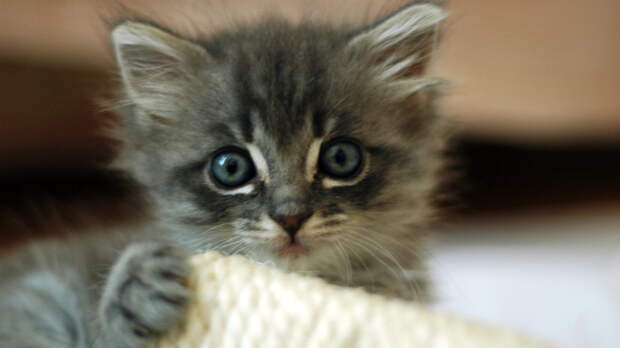Author: Evan Fleischer / Source: Big Think

- Researchers appear to have found a neural basis for “cute aggression.”
- Cute aggression is what happens when you say something like, ‘It’s so cute I want to crush it!’
- But it’s also a complex response that likely serves to regulate strong emotions and allow caretaking of the young to occur.
If you’ve ever seen someone approach a puppy or small child, lean in and say, “Oh, I just want to squeeze that” while using a tone that suggests that said ‘squeeze’ might not be as harmless an action as it may sound; if you’ve ever logged onto Dogspotting on Facebook and shouted out loud at the first doggo to grace your screen, then you’ll have witnessed what psychologists at Yale once dubbed “cute aggression.”
“Cute aggression” is a superficial display of aggression typically uttered in response to young children and young, attractive animals. It’s also an example of what would be called ‘dimorphous expression,’ which is a name given to what happens when someone expresses one emotion while feeling another, i.e., “cute” + “aggression.” “Cute aggression” is a documented psychological phenomenon, but a recent study from UC Riverside suggests — and this is what’s new — that there may be a neurological basis for the phenomenon as well.
The research was led by Katherine Stavropoulos, an assistant professor of special education at the UC Riverside. For the study she ran, she recruited 54 participants between 18 and 40, outfitted them with electrodes, and then exposed them to pictures of cute babies,…
The post The scientific reason you want to squeeze cute things appeared first on FeedBox.